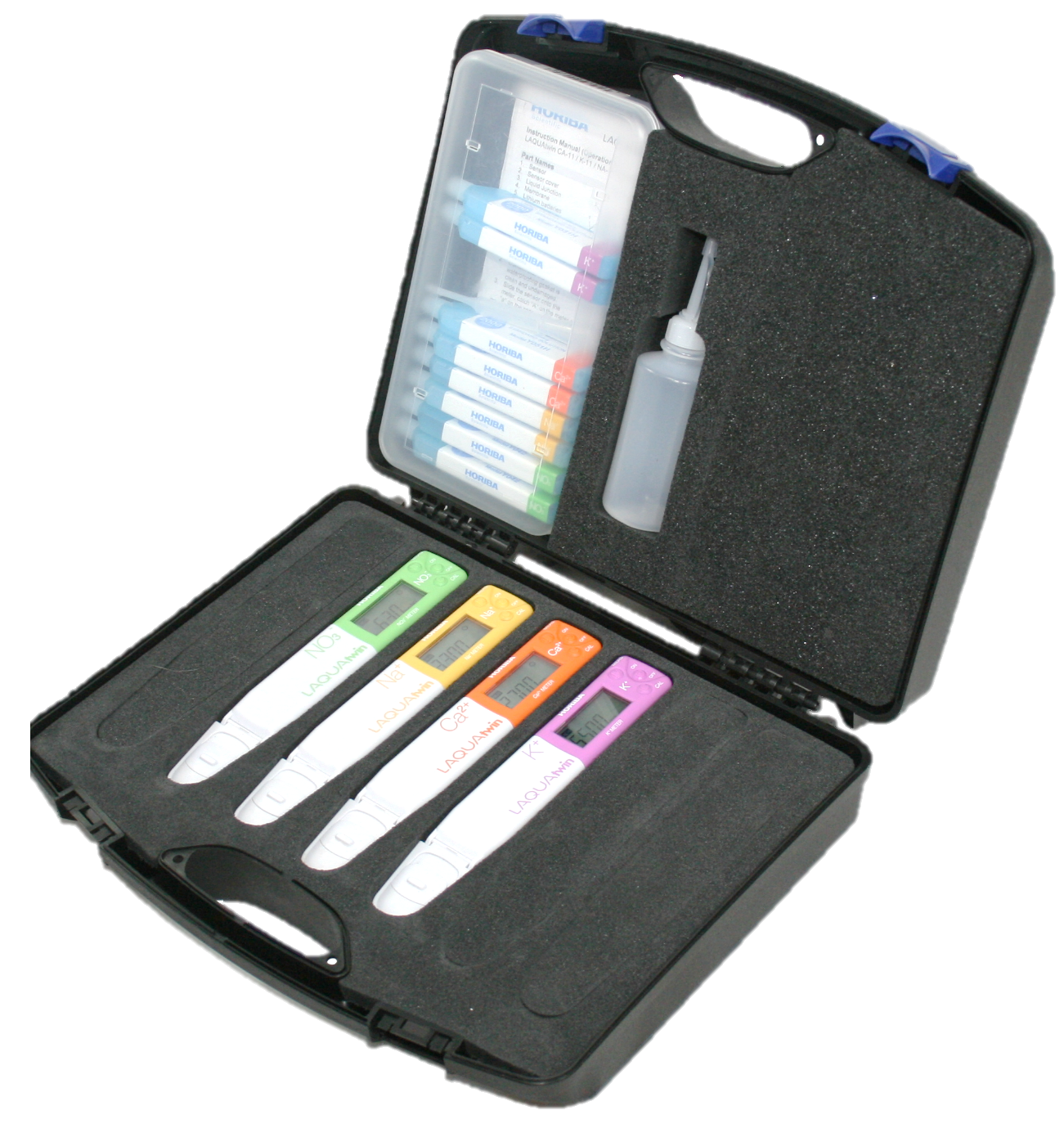Monitoring calcium levels in peas (Pisum sativum)
The Role of Calcium in Pea Plant Development:
In Pisum sativum (garden peas), calcium (Ca²⁺) is more than just a supporting nutrient—it's a structural cornerstone. It stabilizes the cell walls, strengthens vascular tissues, and ensures proper root and shoot development. Without a steady calcium supply, plants are prone to physiological disorders, slowed growth, and reduced yield.
What makes calcium particularly tricky to manage in peas is that it's immobile once absorbed. This means it must be continuously supplied through the roots and transported via the xylem to where it's needed most—typically, young leaves and growing tips. If that supply chain is interrupted due to drought, poor transpiration, or nutrient competition, calcium-related issues may appear even when soil levels seem sufficient.
For pea growers, understanding not just how much calcium is in the soil, but how much is actually reaching the plant tissues, is essential. This is where plant sap testing becomes a powerful tool.
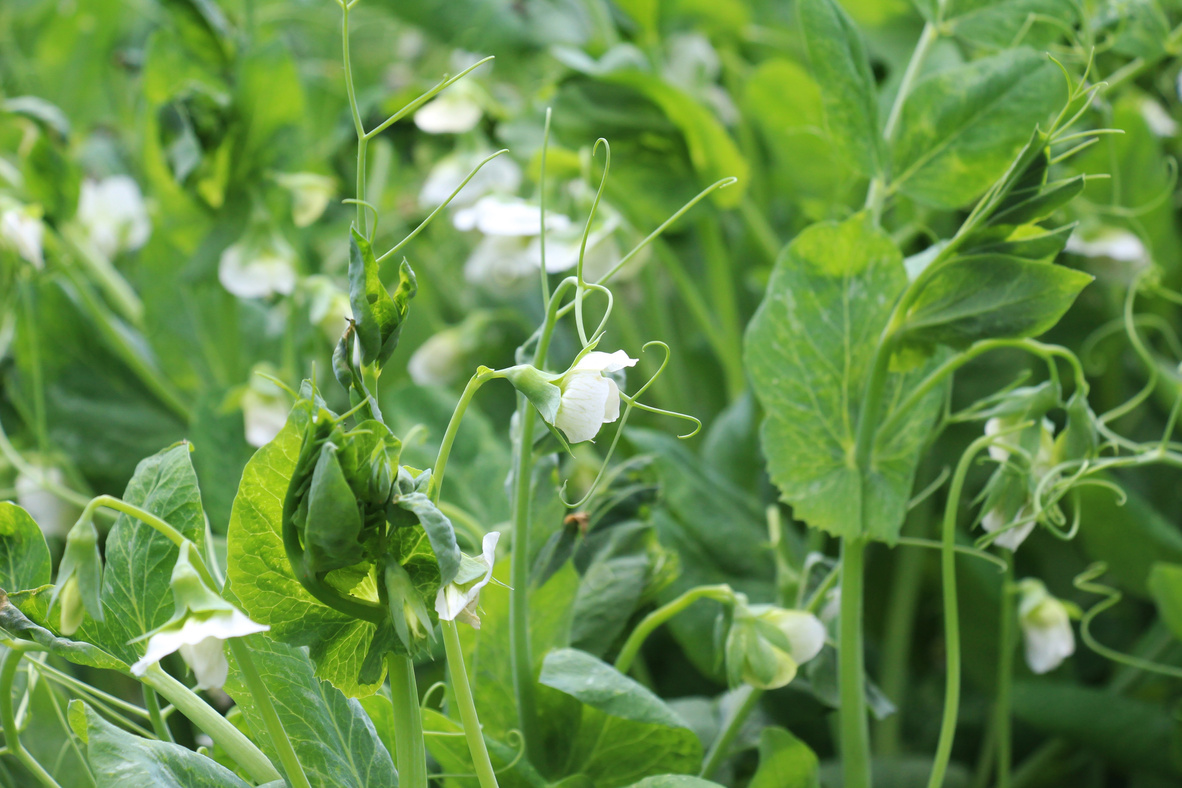
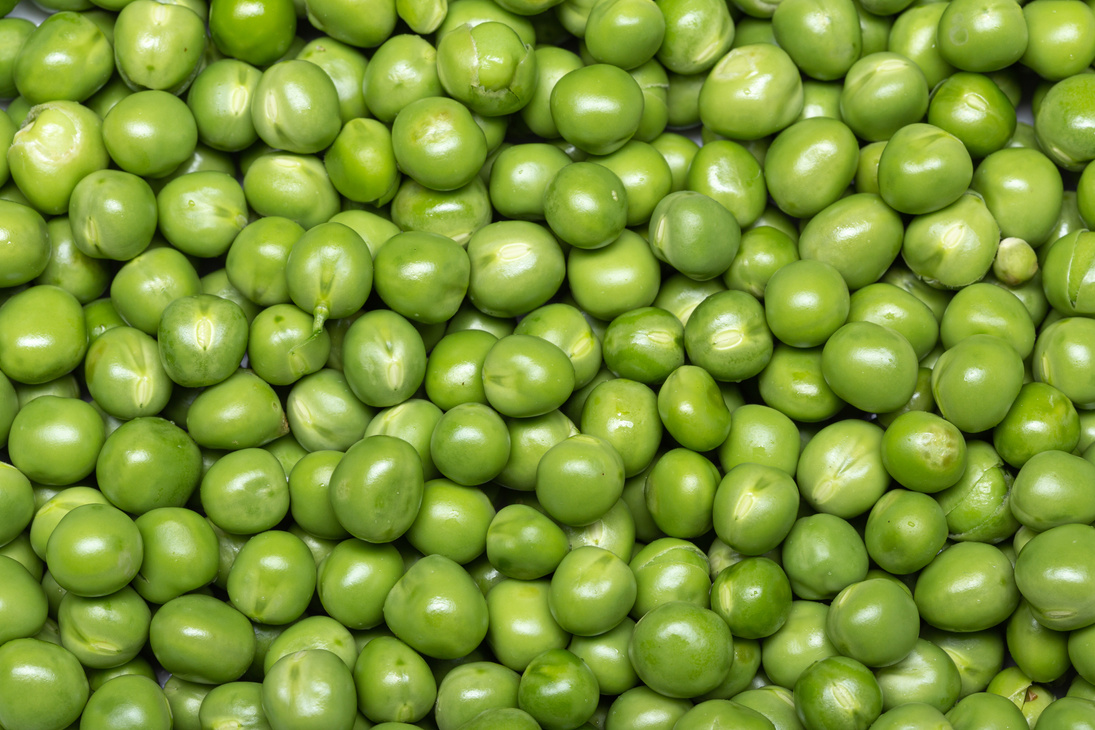
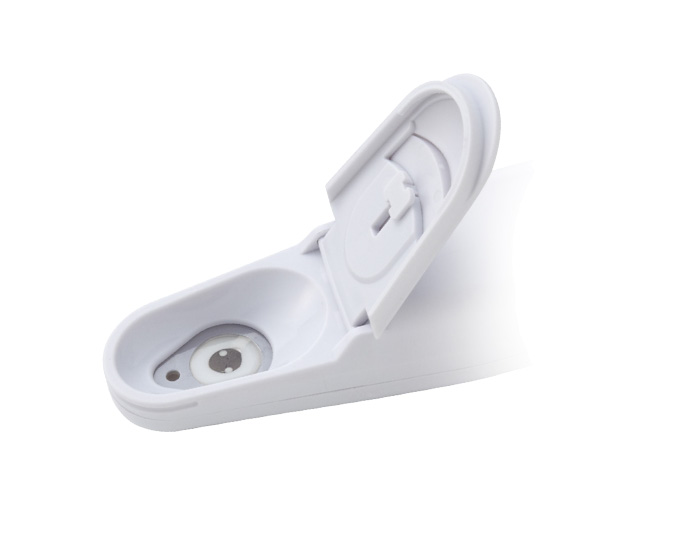

How to Measure Sap Calcium in Peas Using LAQUAtwin
The HORIBA LAQUAtwin Ca²⁺ meter allows pea growers to directly measure calcium levels in xylem sap. This compact, handheld device uses ion-selective technology to provide quick, accurate results from just a few drops of sap—ideal for field monitoring and rapid decision-making.
Step-by-Step Guide for Pea Sap Testing:
- Sample Collection
Identify the part of the plant you wish to test: root, stem, petiole, or leaf. Each gives insight into different stages of calcium movement. Use a clean scalpel or razor blade to cut the plant section and extract xylem sap using a syringe or apply gentle pressure if the sap exudes naturally. - Prepare the Meter
Turn on the LAQUAtwin Ca²⁺ meter and calibrate it using the 150 ppm (3 mM) standard solution provided. Ensure accurate calibration before beginning tests. - Apply the Sample
Place 1–2 drops of fresh sap onto the sensor. The reading will stabilize in seconds, displaying the calcium concentration in millimoles per liter (mM). - Clean the Sensor
Rinse with deionized water and gently blot dry between readings to maintain accuracy.
Understanding Calcium Behavior in Pea Plants
In a performance evaluation conducted at Lancaster University, sap was collected from different tissues of Pisum sativum and analyzed using the HORIBA LAQUAtwin meter. The findings revealed how calcium levels vary throughout the plant—and how that affects growth.
| Tissue Samples | Calcium Concentration (mM) | Delivery Rate (nmol/sec) |
|---|---|---|
| Soil Pore Water | 0.47 | - |
| Root Xylem Sap | 1.50 | 0.768 |
| Stem Xylem Sap | 1.10 | 0.498 |
| Petiole Xylem Sap | 1.12 | 0.083 |
| Leaf Xylem Sap | 0.80 | 0.030 |
What These Values Tell Us:
- Calcium concentration (mM) refers to how much calcium is present in the sap.
- Delivery rate (nmol/sec) is how much calcium is actually being transported to that tissue, factoring in sap flow.
While roots may show high calcium content, the delivery rate decreases significantly by the time sap reaches the leaves. This decline explains why calcium-related deficiencies are often seen in new growth, despite adequate levels in the soil.
Interpreting Your Results in the Field
By regularly testing sap calcium levels in your peas, you can prevent issues before they become visible. Use the following guide to assess the readings:
- < 0.5 mM – Low: High risk of calcium deficiency symptoms such as distorted growth, poor pod set, or leaf tip necrosis.
- 0.5–1.5 mM – Optimal: Calcium uptake and transport are well balanced. Maintain current practices.
- > 1.5 mM – High: Calcium is abundant, especially in root or stem sap. Check for slow transpiration or environmental limits that could reduce delivery to leaves.
Regular monitoring also helps you respond to environmental stresses like heat, high humidity, or drought, all of which can impact calcium flow in pea plants.
Why LAQUAtwin is Ideal for Pea Growers
In Pisum sativum, where rapid early growth and flowering make calcium demands especially dynamic, relying on soil or water analysis alone may not give you the full picture. The LAQUAtwin;
- Measures calcium accurately in low-concentration ranges common in pea sap
- Only 0.3 mL of sap required—ideal for delicate tissue sampling
- Fast, portable, and easy to use in field conditions
- Provides real-time feedback to guide fertigation and foliar programs.
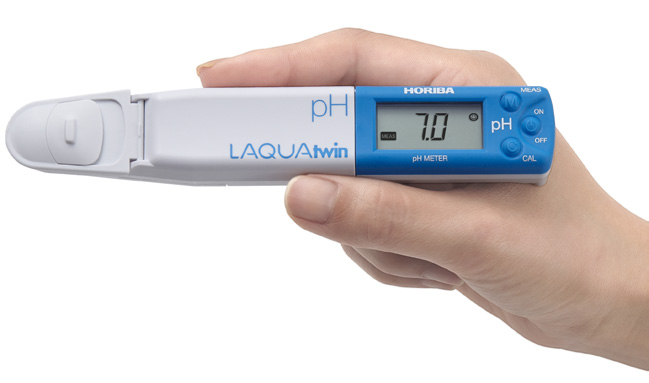
LAQUAtwin: the only meters with flat sensor technology.
HORIBA’s highly-sensitive, flat sensor technology opens up new possibilities for sampling and sample types. Only a small amount of sample is required, so you can easily sample in situ without the need for beakers or other labware. Sensors are easily replaced as required.
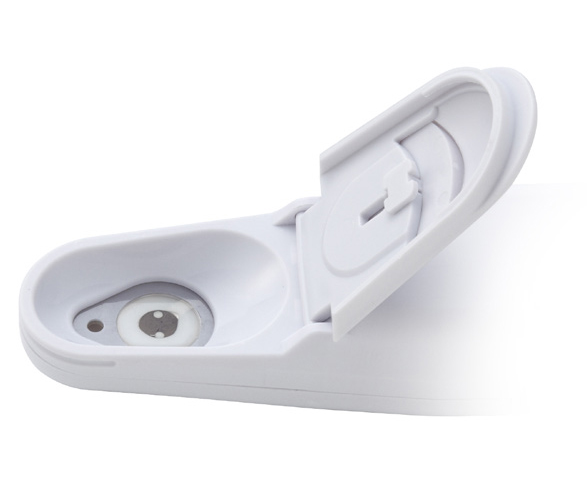
Calibrate and measure at the touch of a button — the smiley face will tell you when the result can be read.
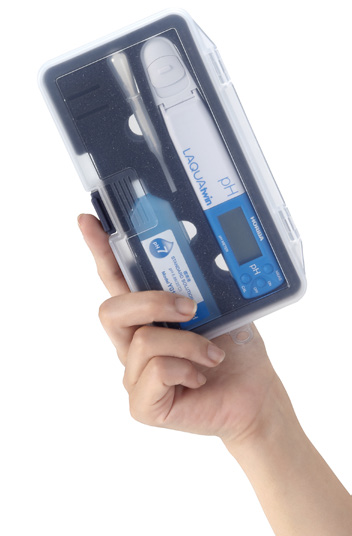
LAQUAtwin is fully waterproof and dustproof.
The meter and sensor are fully waterproof* and dustproof, so you can take it anywhere.
* IP67 rated. Will withstand immersion for 30 minutes at 1 m. Not suitable for underwater use.
Carry case comes as standard for handy portability.
The compact carry case contains everything you need for your measurements, including the standard solution and sampling sheets.


